With the possible exception of King Philip himself, no individual in King Philip’s War achieved more unwanted notoriety than a 39-year-old mother of three and minister’s wife named Mary Rowlandson. When a raiding band of Nipmuck Indians swooped down on her hometown of Lancaster, Massachusetts, on the morning of February 10, 1676, no one knew that she was about to become the most famous woman in the American colonies—certainly not Rowlandson, or the marauding Indians who carried her away.
Rowlandson was sleeping in her fortified home when the Indians attacked at dawn. (Ironically, her husband, Joseph Rowlandson, was away in Boston at the time, appealing unsuccessfully to the colonial government for protection from just such a raid.) In a matter of minutes, the attackers killed 13 settlers, including Rowlandson’s brother-in-law and nephew; her sister was wounded. Rowlandson, her son, Joseph, and her two daughters, Sarah and Mary, were among the 24 settlers taken hostage. Later, she would describe the attack in gruesome detail: “Some shot, some stabbed with spears, some knocked down with hatchets. All of them stripped naked by a company of hell-hounds, roaring, singing, ranting, and insulting, as if they would have torn our very hearts out.”
For the next 11 weeks and five days, Rowlandson endured brutal conditions as a captive of the Nipmucks. Wounded in the side by the same bullet that fatally injured six-year-old Sarah, whom she was carrying at the time, Rowlandson saw her other two children taken away by other war parties. Nine days after the raid, she buried “my sweet Babe” Sarah on a desolate hillside. During her first week and half of captivity, she only managed to drink some cold water—she couldn’t stomach the Indians’ Spartan rations of nuts, acorns, tree bark, and maggoty meat, which she called “filthy trash” and carefully catalogued as “horses’ guts and ears, and all sorts of wild birds, bear, venison, beaver, tortoise, frogs, squirrels, dogs, skunks and rattlesnakes.” King Philip himself offered her a tobacco-filled pipe, but she refused it as some sort of diabolical bait.
Meanwhile, the tribe kept going through northern Massachusetts and southern New Hampshire, making 20 separate “removes,” or marches, during Rowlandson’s time with them. Hungry, thirsty, and in constant physical and emotional pain, she endured, walking or riding behind a warrior on horseback. And she watched. As a true-believing Puritan, she considered the Indians to be instruments of the devil, sent to tempt and test her faith in God. To her understandable relief, they did not sexually assault her. (Algonquians routinely tortured and mocked their captives, but did not rape them.) One even gave her a stolen Bible to read.
Eventually, with the help of an English go-between named John Hoar, Rowlandson was ransomed for 20 pounds. She was reunited with her husband and children, ransomed separately, in Boston on May 3, 1676. Through it all, she never identified with her captives—no Stockholm Syndrome for her. The Indians, she said, were “atheistical, proud, wild, cruel, barbarous, brutish, diabolical creatures, the worst of heathen.”
Six years after her ordeal, Rowlandson published a vivid account of her wounding, kidnapping, and ultimate redemption. Weightily entitled The Sovereignty and Goodness of God, Together with the Faithfulness of His Promises, Being a Narrative of the Captivity and Restoration of Mrs. Mary Rowlandson, the book quickly went through four printings, becoming the first certified best-seller in the American colonies. It started an entire genre, the Indian captivity tale, which James Fenimore Cooper later exploited in The Last of the Mohicans. Too bad Mary Rowlandson had no Natty Bumppo to rescue her.
Roy Morris Jr.
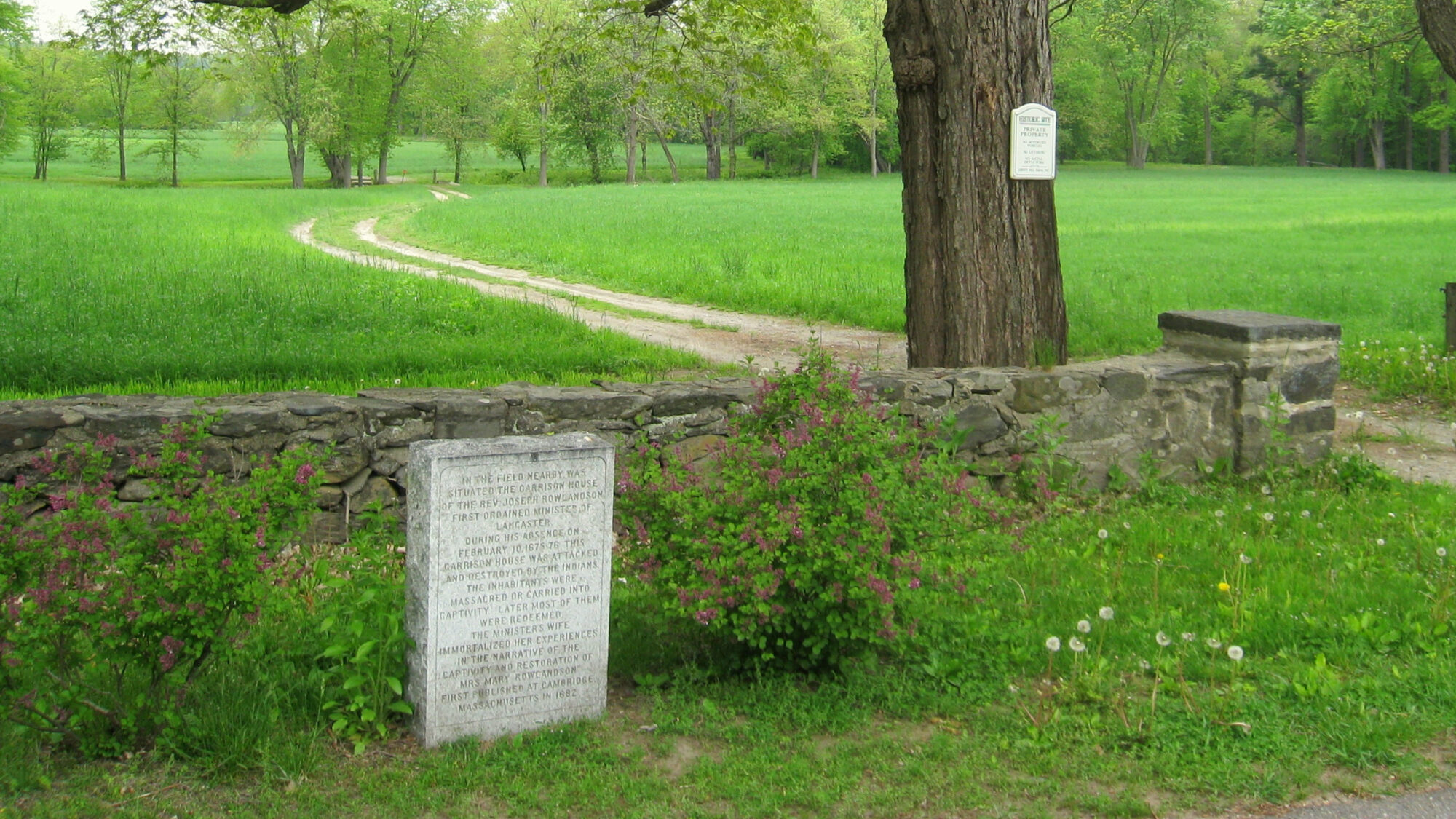
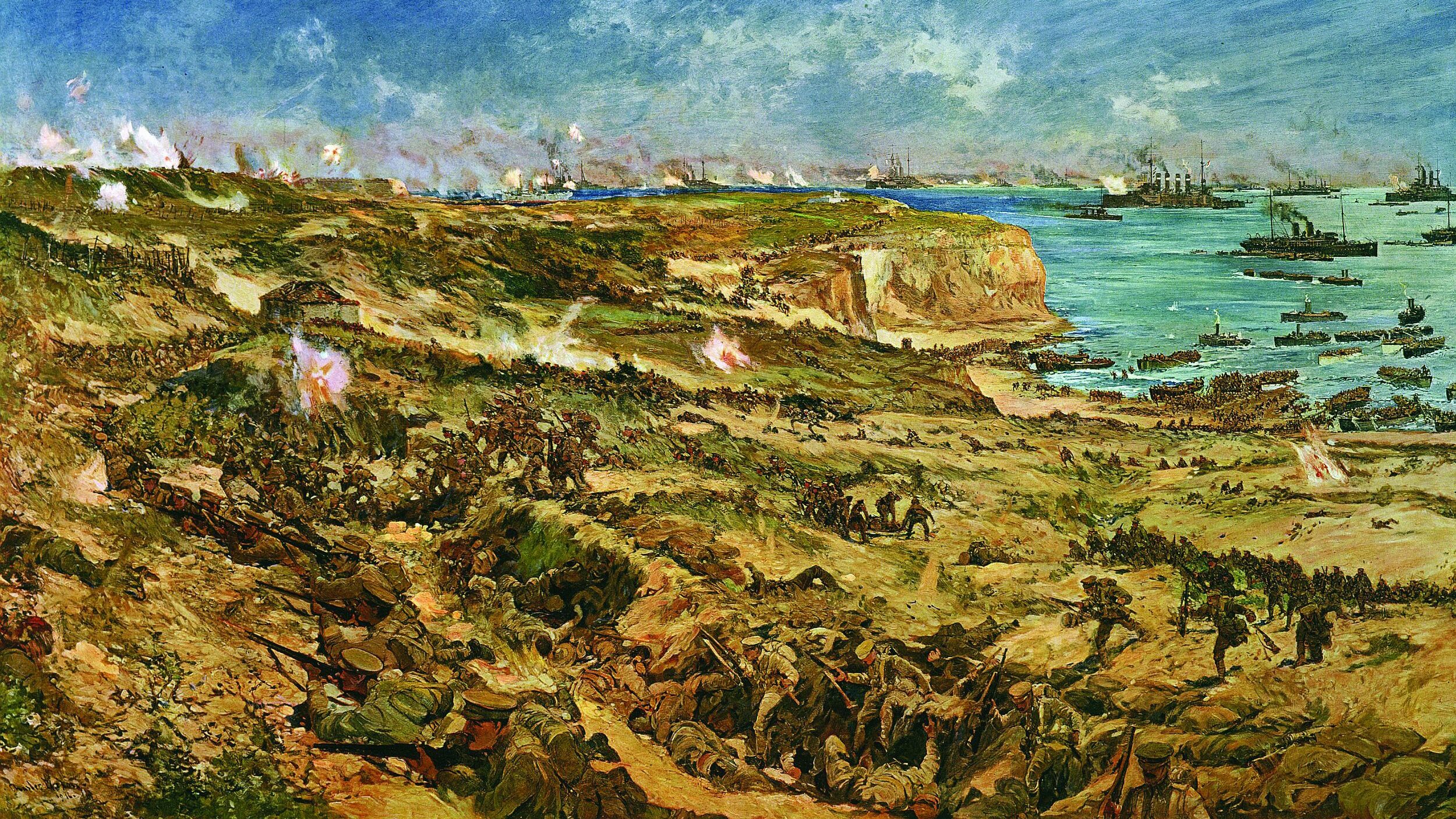
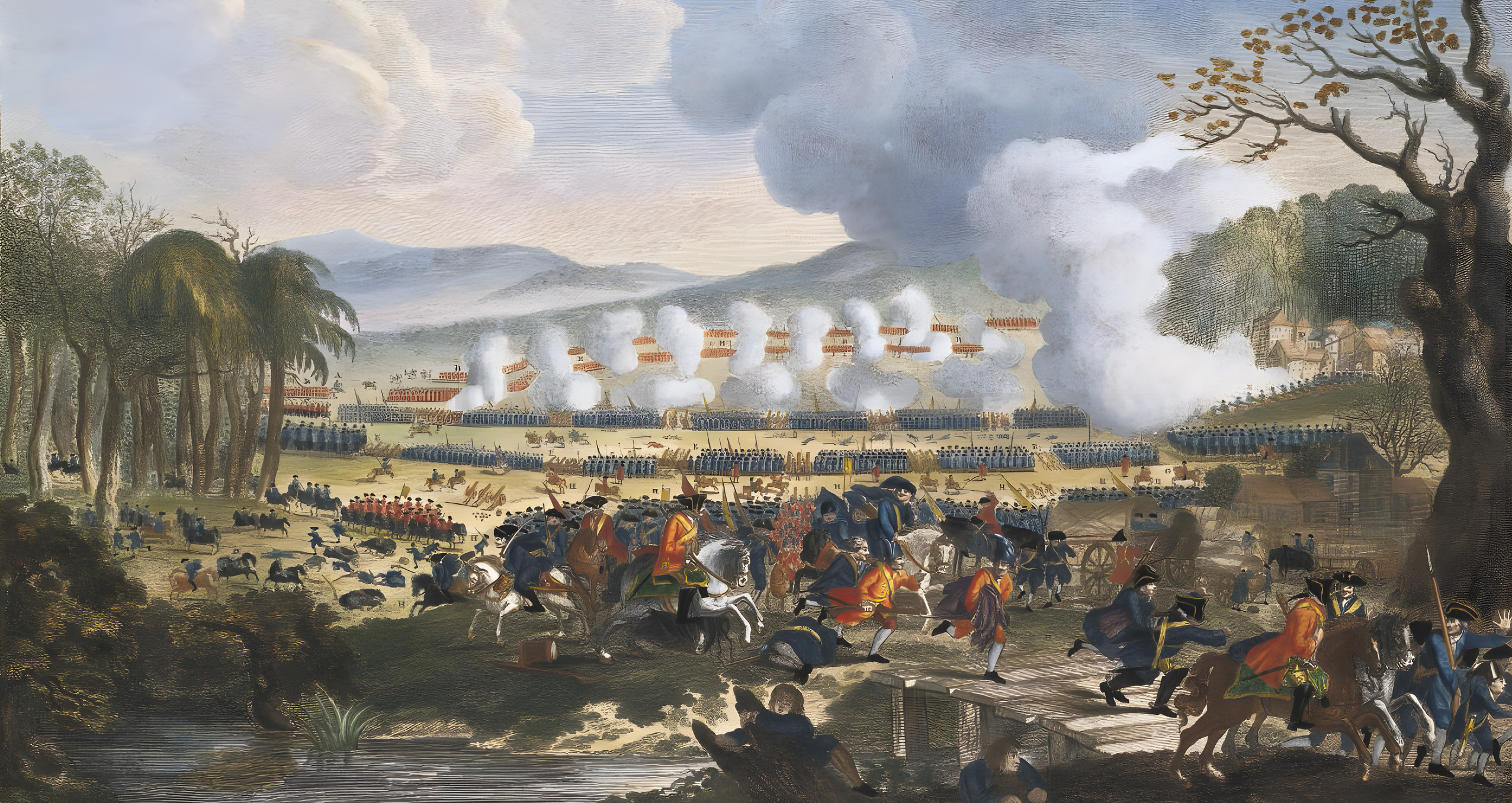
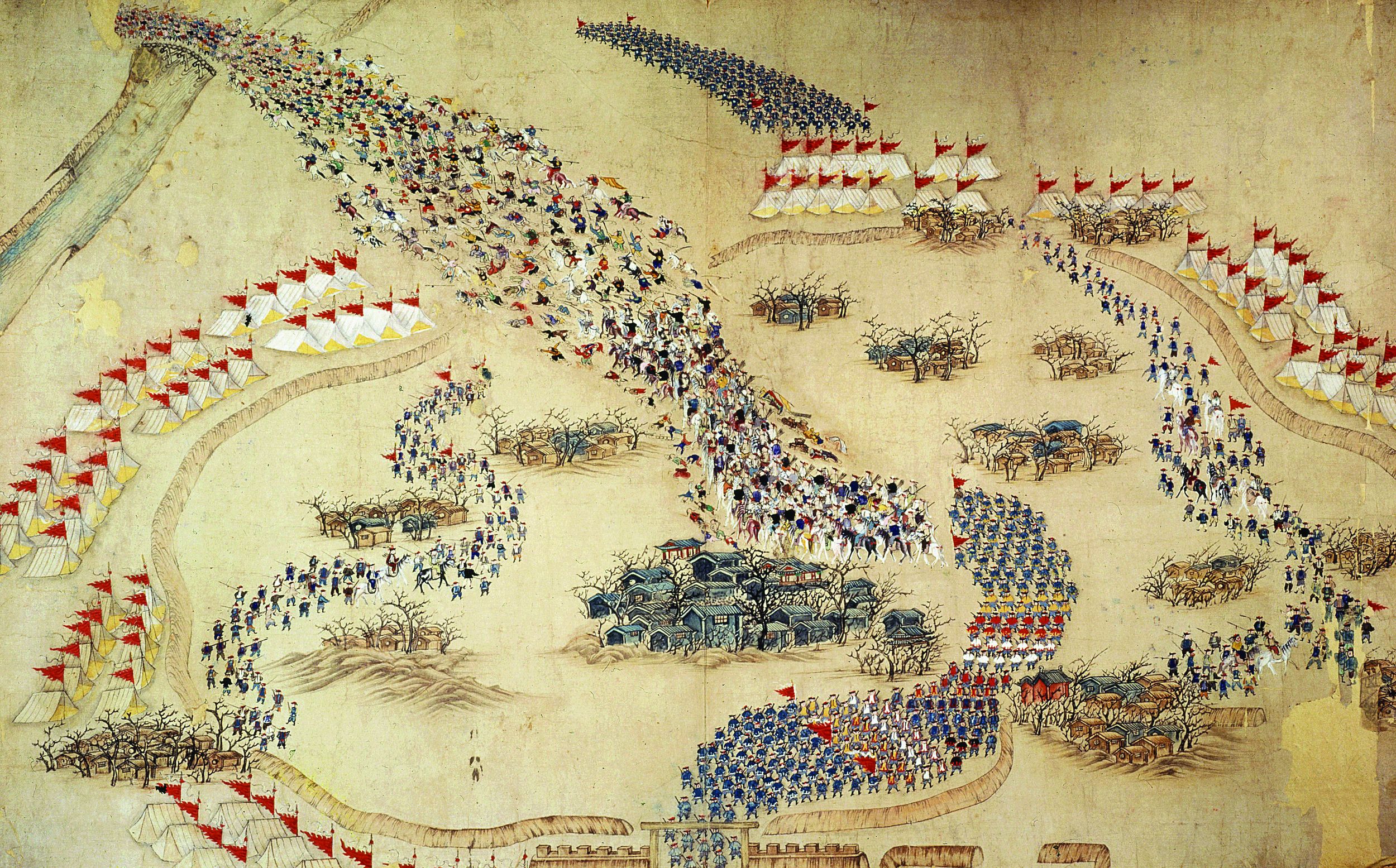
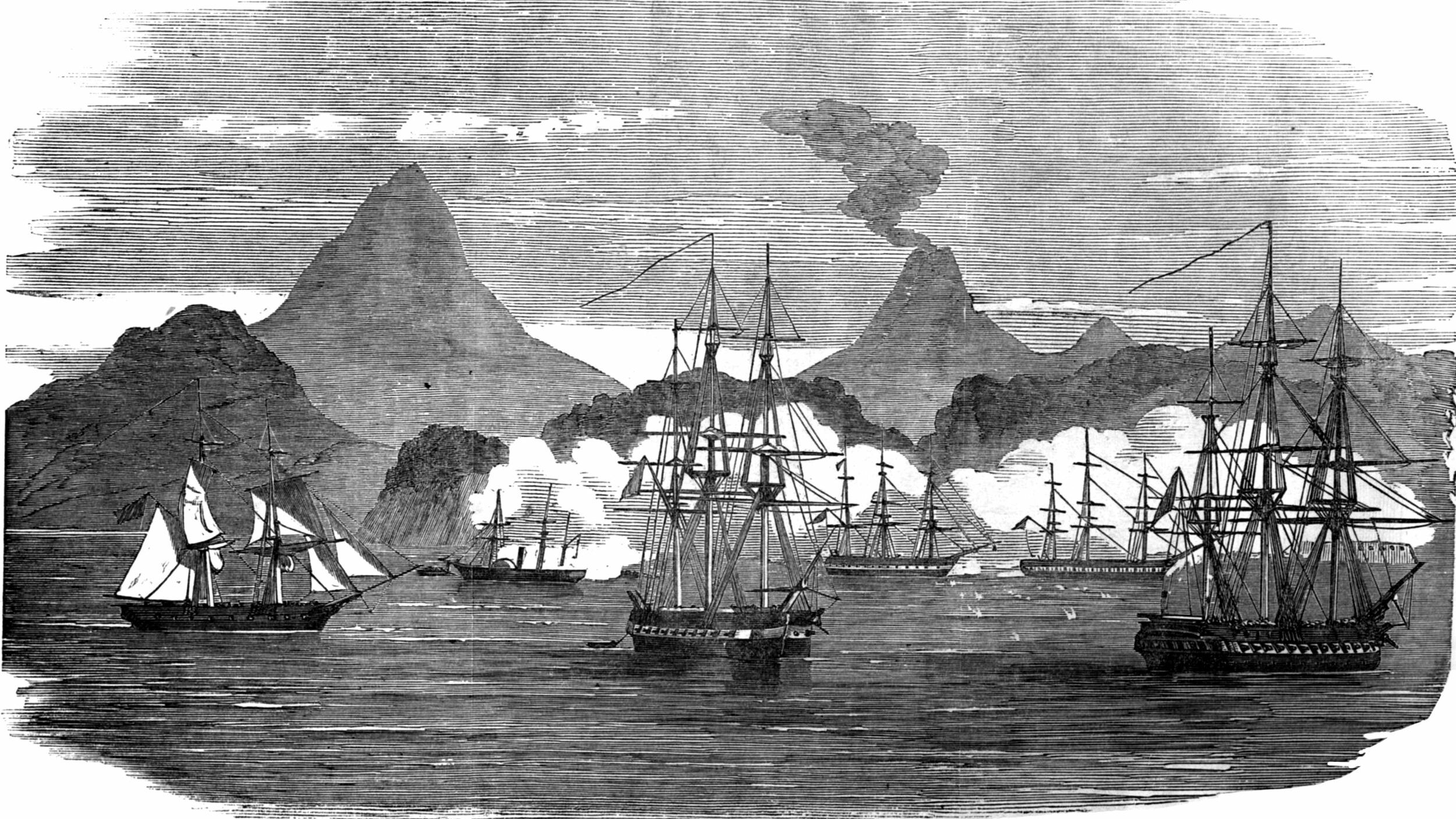
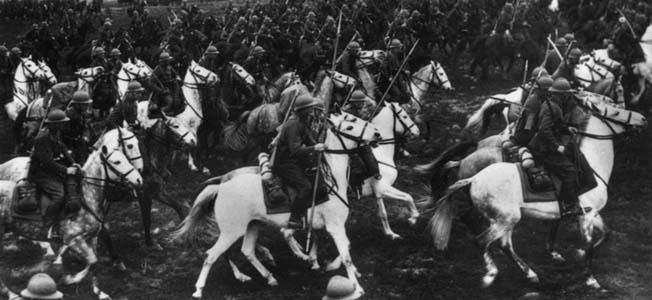
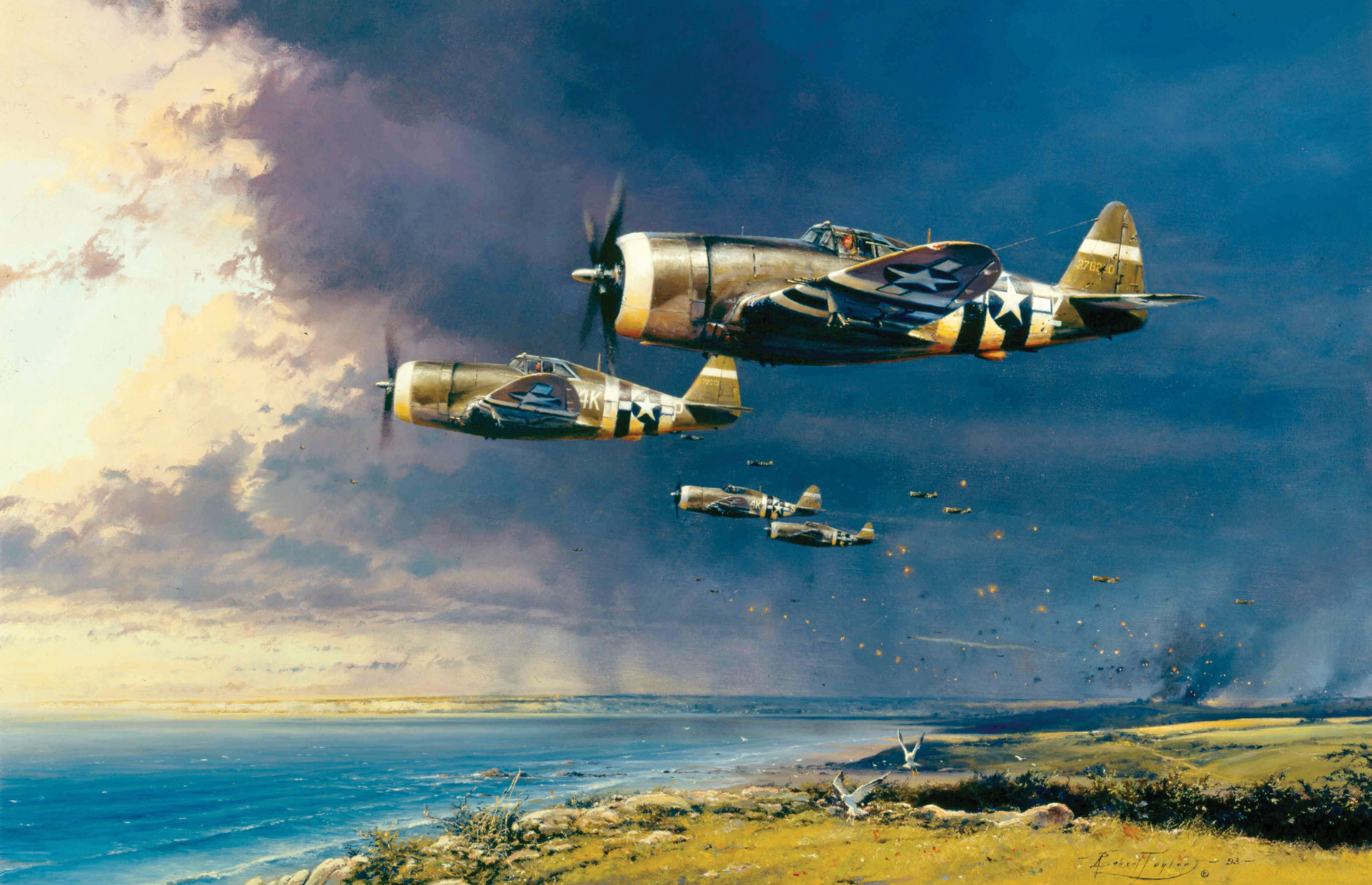
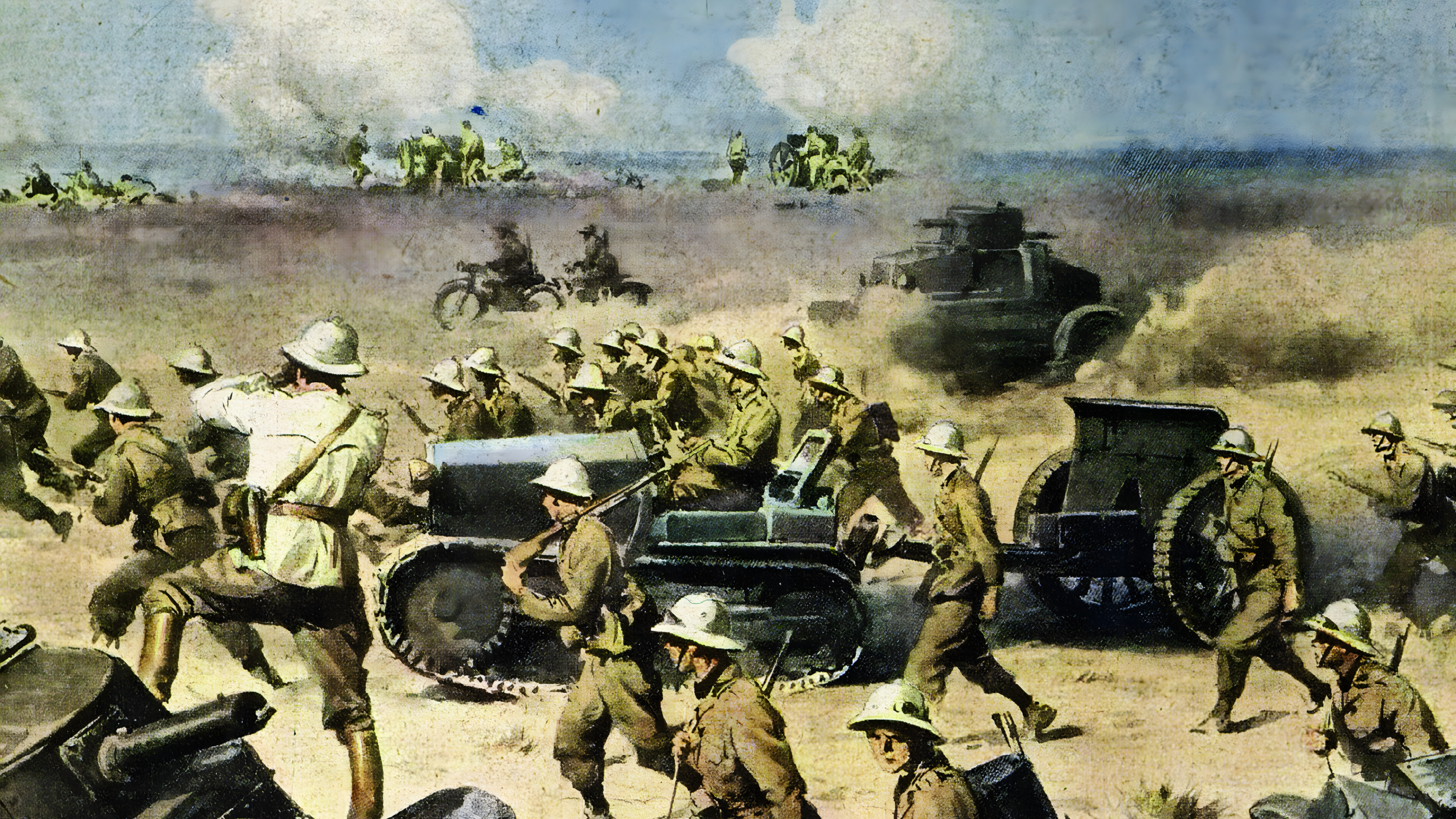

Join The Conversation
Comments
View All Comments